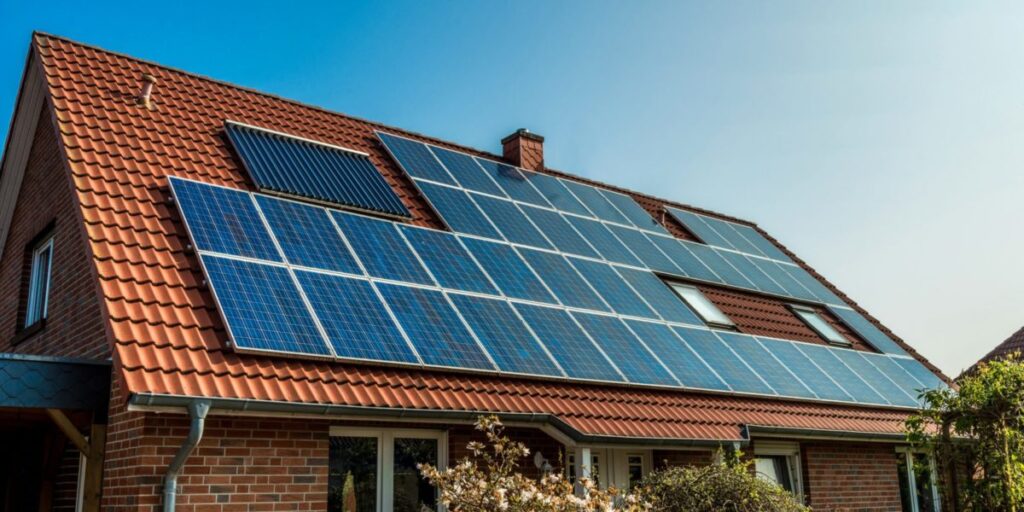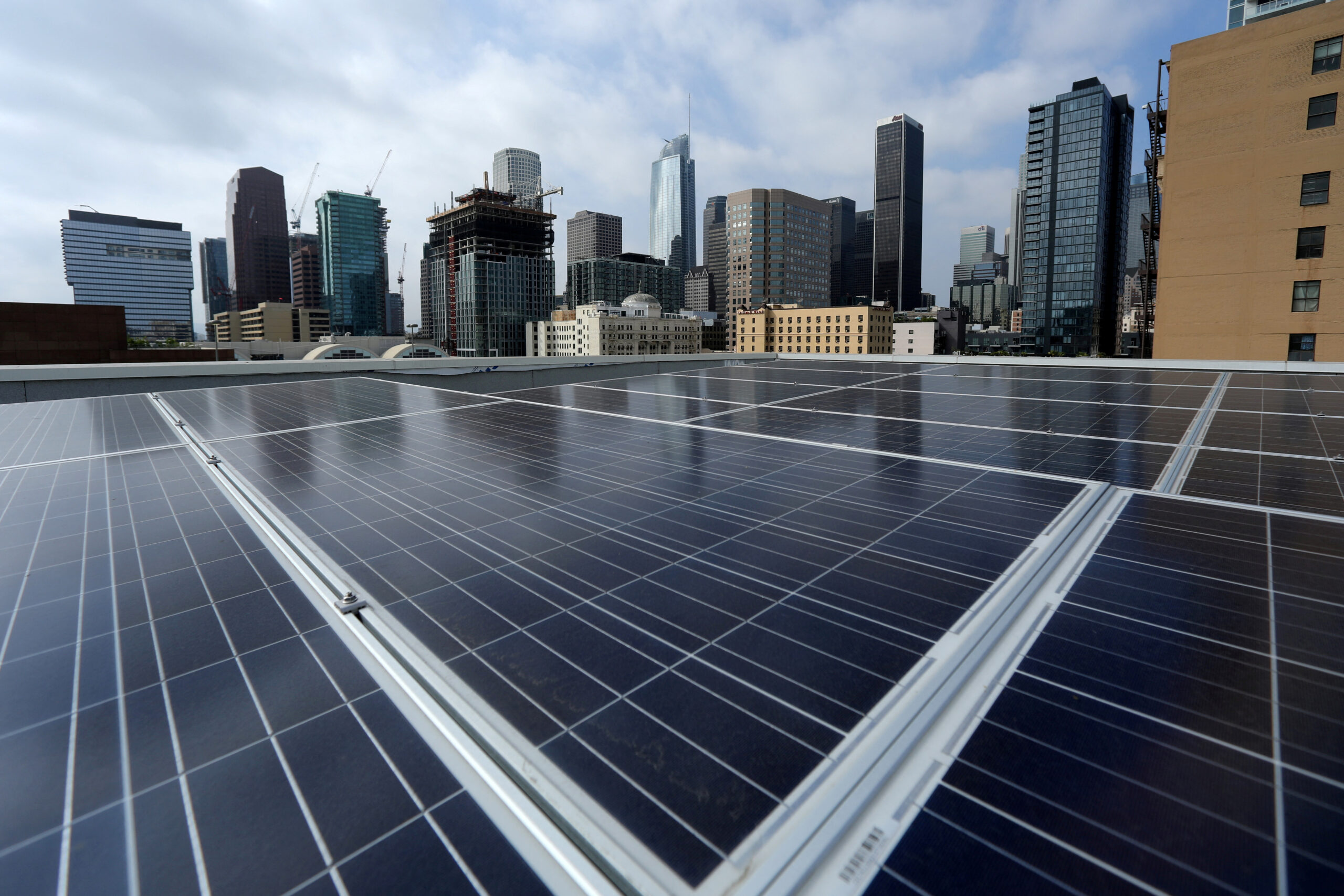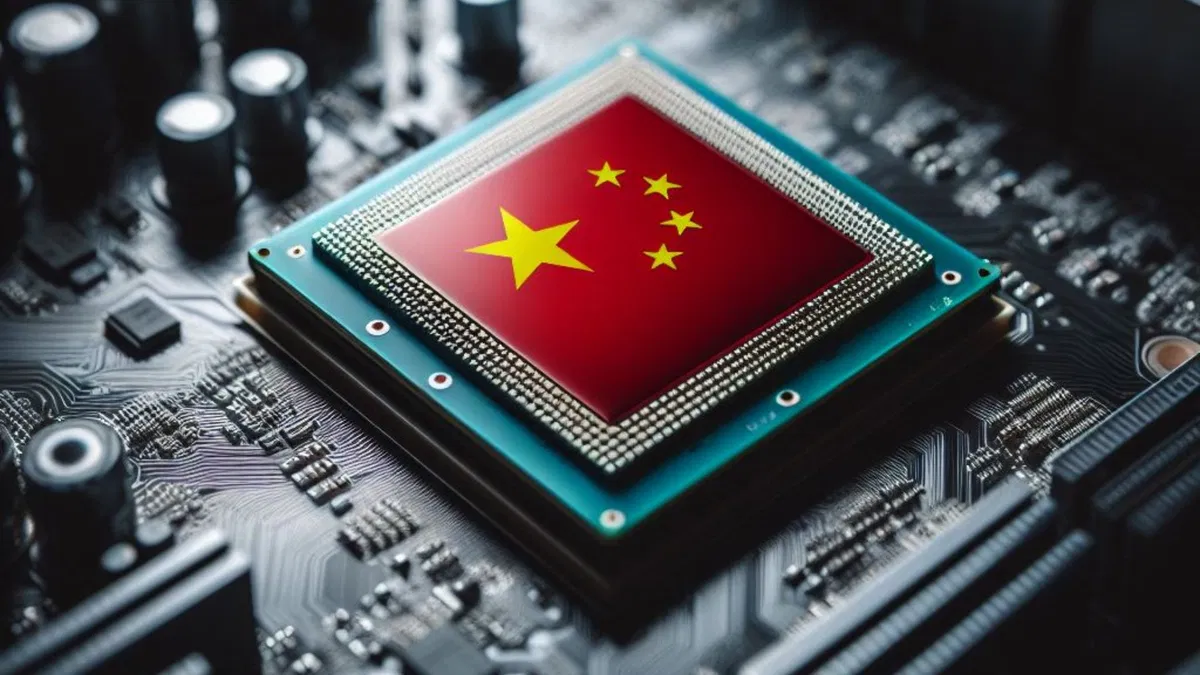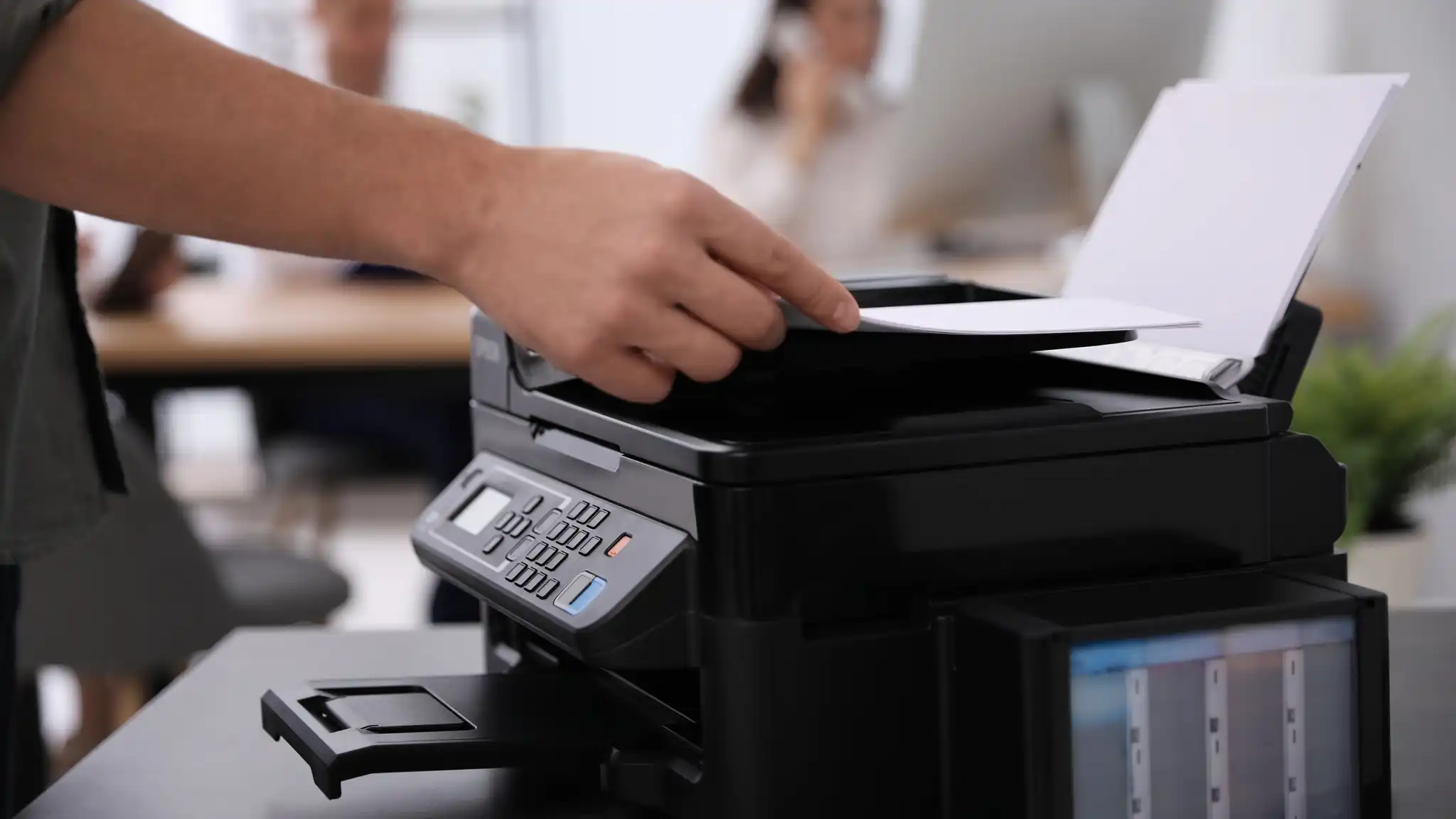
In a groundbreaking turn of events, the United States witnessed an unprecedented 210,000 residential solar panel systems installed during the third quarter of 2023. Despite this remarkable achievement, the outlook for continued growth in the solar sector faces a potential obstacle in the form of escalating solar costs projected for the coming year.
According to a comprehensive report jointly released by the Solar Energy Industries Association (SEIA) and energy consulting firm Wood Mackenzie, solar installations experienced a remarkable 35% surge in the third quarter of 2023 compared to the previous year. Notably, solar power accounted for nearly half of the new electric generating capacity added in the first three quarters of the year.
The forward-looking predictions from SEIA and Wood Mackenzie paint a vibrant picture for the future. By the year 2028, it is anticipated that the cumulative solar capacity will be sufficient to power more than 65 million homes across the United States. Looking even further ahead, experts foresee a monumental shift, with solar projected to become the primary source of electricity on the national grid by the year 2050.
While these developments are undoubtedly promising, concerns loom on the horizon, primarily driven by the potential hindrance of expensive solar costs anticipated in the near future. As the nation navigates the evolving landscape of renewable energy, the balance between growth and economic feasibility will play a pivotal role in shaping the trajectory of the US solar revolution.
High interest rates make financing difficult
The solar industry has seen steady growth over the past five years but is expected to contract in 2024, according to Wood Mackenzie. High solar financing costs and interest rates are to blame. High interest rates mean higher upfront loan costs and lengthier payment plans. High interest rates affect installers, too, with companies in Texas and Arizona seeing a decline in sales, leading to a decrease in overall solar installations.
Because of this, many Americans are opting to lease their solar panel systems instead. In a solar lease, you pay a fixed monthly fee for the use of a company-owned system at your home. You won’t have to deal with financing costs or interest rates, making leasing more cost-effective for some.
How can I avoid high solar costs?
Get the most bang for your buck by shopping around. Getting multiple quotes from solar companies in your area could save you thousands in the long run. Most solar companies offer their own financing and loan options, usually referred to as a solar loan.
However, there are other ways to pay for solar panels, too. Cash, a personal loan or a home equity line of credit are among your options. If you don’t care about owning your solar system, leasing can help you avoid upfront costs and bypass high interest rates altogether. It’s also worth checking for any state or local solar incentives, either from local governments or your utility — but the best incentive by far is the federal solar tax credit.




